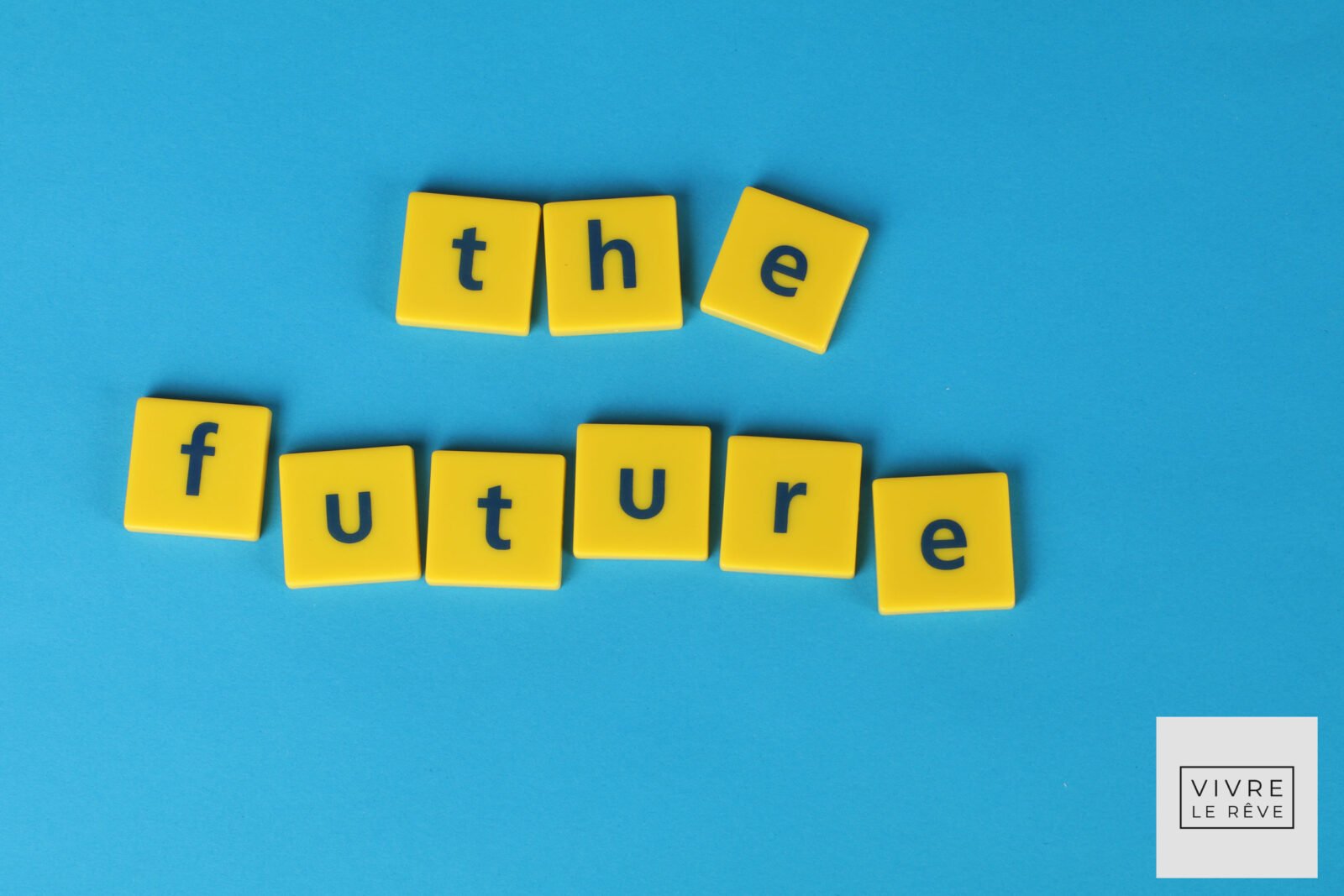Did you know that manufacturing companies spend up to 15-30% of their revenues just on quality? And a significant proportion goes towards the cost of poor quality.
Previously preventive inspection was primarily done with manual review by humans. Now imagine combining human-like learning capabilities with machine-like consistency, speed, and accuracy to add to that ease of maintenance with complete visibility into your system performance.
This is precisely where quality control within business and manufacturing is heading. Powerful Deep Learning algorithms optimised for industrial quality inspection combined with an easy-to-use end-to-end workflow makes even the most complex application problem easy to develop.
Whether you’re a manufacturing company, a machine builder or a System Integrator, machine learning and AI are here to stay.
What Is Machine Vision?
Machine vision is defined as the automatic extraction of information from digital images, so what exactly does that mean? Well, let’s look at a fundamental breakdown of a typical machine vision process.
First, you have a manufacturing production line with a steady flow of objects; then, you have a camera or optical system trained on the line. Next, you make sure that you have proper line lighting so the camera can see the necessary details. Finally, the camera captures digital photographs and analyses the images against a defined set of criteria in an industrial context.
Different types of vision are used for other purposes, but when we refer to machine vision, we’re talking specifically about industrial vision as it’s used in a manufacturing environment. Manufacturers use automated machine vision instead of human inspectors because it’s faster, more consistent, and works for extended periods.
Vision technology started in the 1950s, but the widespread use of IVS machine vision in industry arose in the 1980s and 90s. But, of course, machine vision has come a long way since then and is now used for many different valuable processes in manufacturing.
Let’s talk about some of the most common applications of machine vision. As it has developed, machine vision applications have grown into four basic functions measurement, counting, location and decoding.
Since its start, machine vision has been widely used for measurement, and by this, I mean the automated measurement by a machine; that measurement can then be checked to a specified tolerance. For example, something that’s been done for years with machine vision is
measuring the gap in spark plugs, as you may know, this gap needs to be a certain width or the car won’t run as well; therefore, this gap measurement is a highly critical specification for the part.
A camera can be used and measure the spark plug gap by machine. This eliminates the need for a person to be there to measure and adjust the gap manually. Instead, you can automate the process and do it more quickly and accurately.
Counting is another typical machine vision application. A few different tasks fall under this category, but counting means to look for a number of parts or a number of features on a piece. This allows you to locate missing parts and ensure that products are correctly assembled.
Location is when machine vision is used to report the position and orientation of a part. Companies may do this for several reasons; you can locate the position and orientation and then check that to a specified tolerance, so in other words, you’re looking at the part to make sure that it’s at the correct angle and using that as a reference point to verify proper assembly.
You can also use this for alignment with other machine vision tools. Let’s take our sparkplug example. This is a very powerful feature in machine vision. Your parts may be facing all different directions as they go down your production line, and you can locate a part, straighten the image, and then you can run other machine vision processing tools on it.
Additionally, you can find a unique pattern and use that to identify a part. An example would be a tin of soup. The vision system has been trained to look for a design on the soup, perhaps the portion of the label that says tomato on it; you can then use that pattern to verify that you have the correct soup going down the line.
Decoding refers to decoding 1D and 2D symbologies such as linear barcodes, stacked symbologies, and 2D symbologies such as data matrix codes. This also refers to OCR (optical character recognition), which is simultaneously human and machine-readable text.
Decoding is typically used to record information as historical data. That way, you have a record of parts that have gone through a process. You can track a part’s path through that process and use that data for immediate action, which means that you can look at the data and sort it based on what it says. You can also validate the information for correctness.
An obvious question here is, “Why use machine vision to do this when dedicated Auto-ID systems would do the same thing?” So you might think of machine vision as Auto-ID or barcode reading, plus the additional positive is the ability to run other measurements and operations in combination with the reading of barcodes or text.
For example, you might want to read a label and check that it’s properly aligned to the product. In other cases, you may need the ability of a machine vision system to tackle more challenging applications that require more capability in terms of image pre-processing.
An example of this sort of application is reading the OCR code on a tin of dog food during a high-speed tinning process. You may not realise that when dog food is put into tins, they are usually done so with no labels, and the only indication of what’s inside is a text code on the end of it.
When the time comes to put the label on the tin, a vision system checks the code on the end of the can to make sure that the correct type of dog food is inside the tin and matches the label.
Essentially, machine vision is the automatic extraction of information from digital images. Be sure to check out our next article in this series, where we’ll take a look at how machine vision imaging and components are used to make manufacturing processes more efficient and productive.



























Leave a Reply